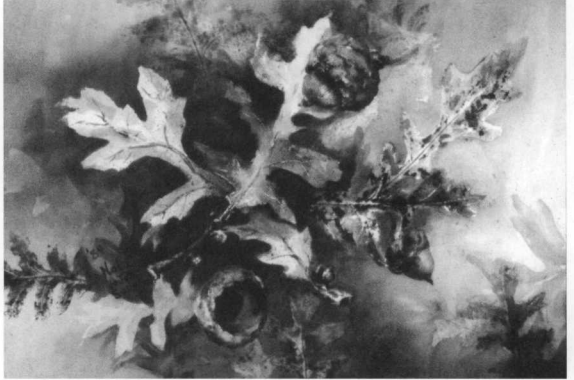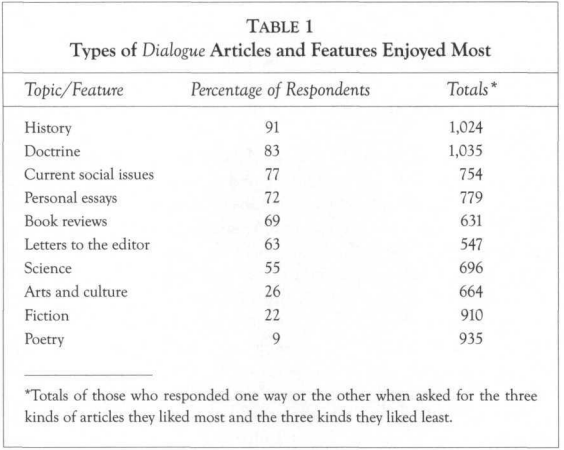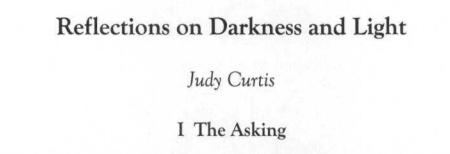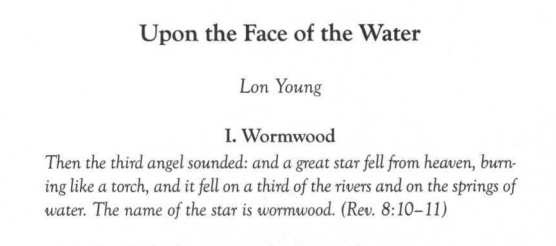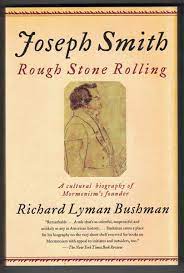King Benjamin and the Yeoman Farmer
G. St. John StottAcccording to republican purists of the Revolutionary generation, the values of commerce, which “fostered a love of gain, ostentatious living, and a desire for luxuries,” could be contrasted with those of agriculture, which encouraged frugality, industry, and a desire for competence. The contrast was largely a fiction, of course, and de Crevecoeur’s recognition that self-interest was what held farming communities together should warn us against a naive reading of Jeffersonian texts. Nevertheless, as the income of most small farmers in North America in the late eighteenth century did not allow for conspicuous consumption, and rural neighbors were bound together by interlacing social obligations and debts, the farmer of the Revolutionary generation could legitimately be given iconic status as the antithesis of aggressive commercial individualism. But what if agriculture were itself to become (even more) commercialized? What if obligations to others were reduced to the honoring of debts, and benevolence was thought to lie, not in traditional acts of charity such as helping the needy, but rather in helping the bottom line—in inducing men “to pursue with increased energy, that business, or that course of conduct, to which their true interest directs them”?
Read more






